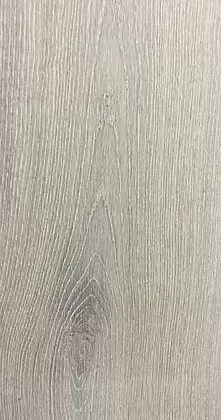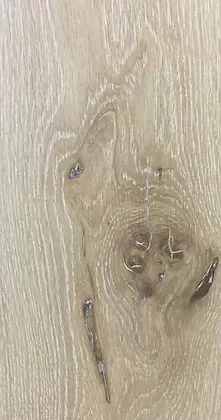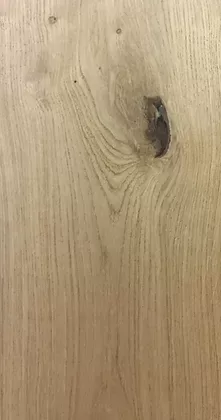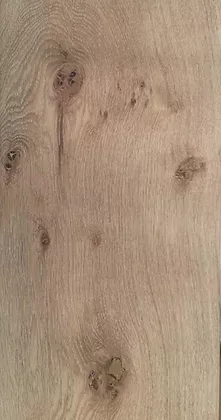Your cart is currently empty!

Grades of Engineered Timber Flooring
When selecting your new floor, make sure that you choose an engineered timber floor that will meet your taste and needs.
This is a brief explanation of the natural variation in the grades of timber when it is manufactured. The Grade of the product affects it’s appearance, but not its suitability for use.
These are the main natural features taken into account when grading wood flooring;
- The number & size of knots and imperfections.
- The amount of sap present in the plank.
- The level of variation between planks.
These wood flooring grades are described as:
AB (Prime Grade)
This is the highest grade available in wood flooring. This wood is cut from the centre of the tree, and the wood from the centre is much more uniform and has far less knots & imperfections. AB grade flooring has a much lower sap content, usually no more than 5% of the board which leads to a more uniform colour across different boards. If you like a wooden floor with minimal feature and character this is for you.
ABC (Select Grade)
This wood will contain slightly more knots than the AB grade and can often be larger in size. To ensure the planks can be considered as ABC grade, the knots should be no bigger than 20mm. This timber can contain anywhere up to 10% sap content in each plank, this grade has slightly more varied colour between boards.
ABCD (Natural Grade)
This grade of timber contains more knots than both AB and ABC grade flooring. These knots can be as big as 50mm in diameter. Manufacturers often use coloured wood filler or “putty” to fill in the larger knots, which then allows for a more even finish. This putty can be either lighter or darker than the board and can look attractive in both ways, depending on personal preference. This is the floor for you if you like feature and character.
CD (Rustic Grade)
This grade of wood offers the greatest colour and grain variation of all real wood boards. This grade can contain knots up to 50mm in size and presents a more rustic timber appearance. CD grade timber uses wood fillers to give a more even finish. This flooring offers the widest variance between planks and gives the floor the most natural appearance.
A Grade


B Grade


C Grade


D Grade


Sapwood
Sapwood is the living part of the tree through which water and sap flow. It tends to be lighter in colour than the heartwood, and certain fuming, smoking and colouring processes emphasise it since it doesn’t react to these treatments to the same degree. By definition sapwood contains more moisture, however this is no cause for concern since all Havwoods’ timber has been carefully dried and its stability is ensured when supplied in an engineered form.

Knots and Fillers
A knot is either the base of a side branch or a dormant bud around which the grain flows. A knot is sometimes replaced by filler and this may be of various colours: white, grey, brown and black are shown here.

Medullary Rays, Checks and Shakes
These white, ribbon-like medullary rays are an indication that the plank has been crafted from quarter-sawn timber. Checks and shakes usually occur at the end of a board and may be cut off.

Finishes
Lacquered
This is normally a polyurethane coating that covers the pores of the wood and forms a hard, resilient surface, protecting it from dirt and moisture ingress. A good quality lacquer will protect a wooden floor for anything from 12 months to 6 years, depending upon the amount of foot traffic.
Oiled
Oil penetrates deep into the the wood and brings out the true beauty of both the color and grain, as well as providing protection for the floor. In addition to providing a natural look, oiled floors lend themselves to being spot repaired in the event of surface damage.
UV cured hardwax oil
Oil penetrates deep into the wood and bring out the true beauty of both the color and grain, as well as providing protection for the floor. In addition to providing a natural look, oiled floors lend themselves to being spot repaired in the event of surface damage.